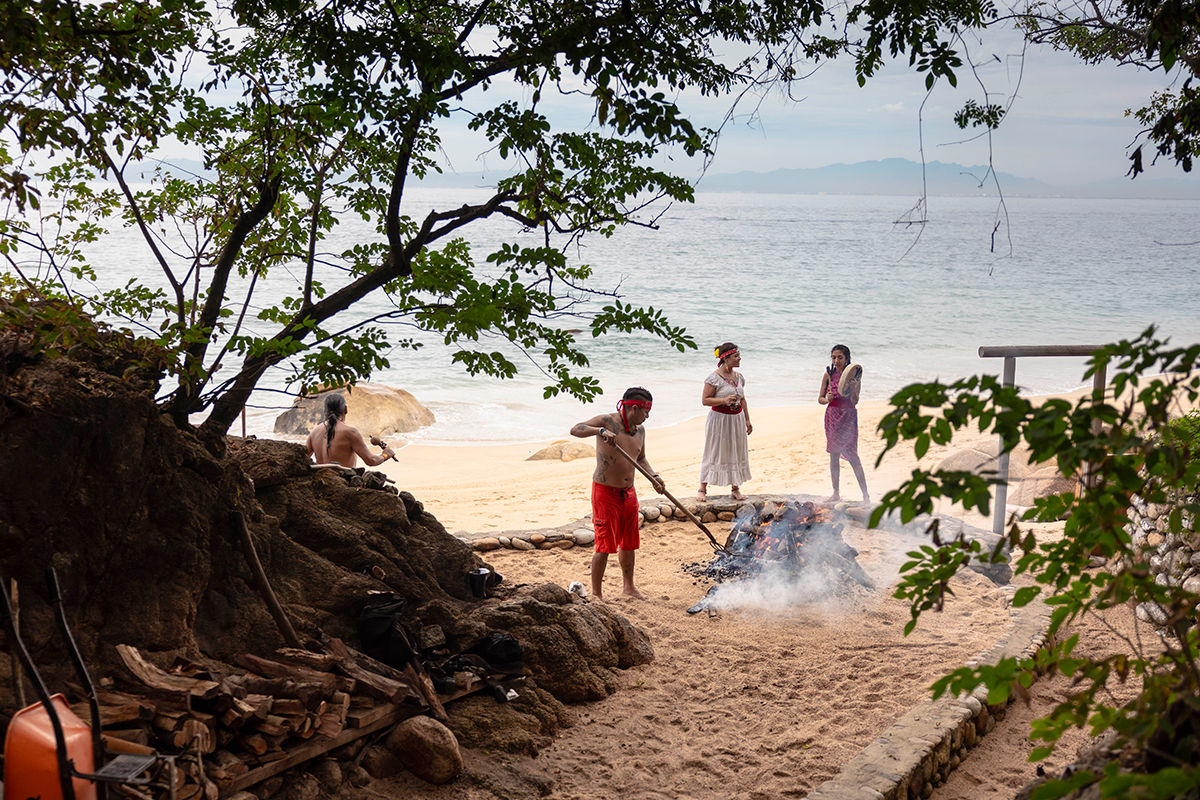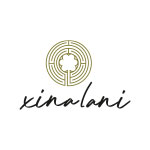The Huicholes and Healing in the Prehispanic Era: A Journey into Mexico’s Rich Ancestry


The Huicholes, known as Wixárika in their native tongue, are an indigenous group residing primarily in the Sierra Madre Occidental mountains of western Mexico. Their vibrant culture, steeped in tradition and spirituality, has been preserved through generations, offering a glimpse into the prehispanic era's rich tapestry of healing practices and beliefs. The Huicholes embody a profound connection to the natural world, viewing themselves as part of a larger cosmic system where everything is interconnected. This perspective deeply influences their healing practices, which blend physical, spiritual, and cultural elements.
At the heart of Huichol healing is the belief in the spiritual dimensions of illness. The Huicholes hold that ailments arise not only from physical causes but also from spiritual imbalances or the displeasure of the gods. To address these issues, they turn to shamans or healers known as "marakames." These individuals serve as mediators between the physical and spiritual worlds, possessing the ability to channel divine energies and communicate with spirits.
The marakame's role extends beyond mere healing; they are cultural custodians, tasked with preserving the traditions and stories of the Huicholes. Through rituals, songs, and sacred ceremonies, they connect the community with their ancestors and the spiritual forces that govern their lives. The shaman’s healing methods often involve the use of sacred plants, most notably peyote, a cactus with psychoactive properties. For the Huicholes, peyote is not merely a hallucinogen; it is considered a teacher, guiding individuals on their path to healing and understanding.
Integral to Huichol healing practices is the temazcal, a traditional sweat lodge that serves both physical and spiritual purposes. Typically constructed from stone or adobe and shaped like a dome, the temazcal represents the womb of Mother Earth. It is used for various healing rituals, promoting physical detoxification through sweating while also serving as a space for spiritual renewal and communal bonding.
During a temazcal ceremony, participants gather inside the lodge around a pit filled with hot stones. Water infused with medicinal herbs is poured over the stones, creating steam that enhances the therapeutic effects. The ceremony often includes guided prayers and chants led by a marakame, fostering a deeper connection to the spiritual realm. This communal experience strengthens social ties, as participants share stories and support each other in their healing journeys.
The use of sacred plants is integral to Huichol healing practices. Besides peyote, other plants such as medicinal herbs and teas are employed to treat various ailments. These plants are often gathered during specific lunar phases or rituals, emphasizing the importance of timing and intention in the healing process. The Huicholes believe that plants carry spirits and energies that can facilitate healing when used respectfully and knowledgeably.
In addition to physical remedies, the Huicholes place great importance on the emotional and spiritual aspects of healing. They believe that unresolved emotions or trauma can manifest as physical ailments. Consequently, the marakame may incorporate elements of storytelling, art, and dance into healing ceremonies, creating a holistic approach that nurtures the mind, body, and spirit.
Healing rituals among the Huicholes are elaborate and often involve the entire community. These ceremonies can last for several days and are marked by vibrant colors, music, and dance. Central to these rituals is the "niyari," a sacred thread that symbolizes the connection between the individual and the universe. The marakame uses this thread in various ways, such as tying it around the patient to signify healing intentions.
The ceremonies also often involve offerings to the deities, including food, flowers, and symbolic items. These offerings serve to appease the spirits and invite their blessings into the healing process. The act of giving is seen as a way to restore balance and harmony, reinforcing the Huicholes' belief in reciprocity and interconnectedness.
The Huicholes' approach to healing reflects a profound understanding of the interconnectedness of all life, emphasizing the importance of spiritual, emotional, and physical well-being. Their practices serve as a testament to the rich cultural heritage of the prehispanic era, where healing was not merely a function of the body but a harmonious integration of the mind, spirit, and nature.
In an age where modern medicine often overlooks the spiritual dimensions of health, the Huicholes remind us of the ancient wisdom that still holds relevance today. As we delve into the practices of this remarkable culture, we uncover lessons that transcend time, urging us to honor the delicate balance of our existence and to seek healing in all its forms. The Huicholes' journey continues to inspire a deeper connection with our own healing practices, inviting us to explore the sacred within ourselves and the world around us.
